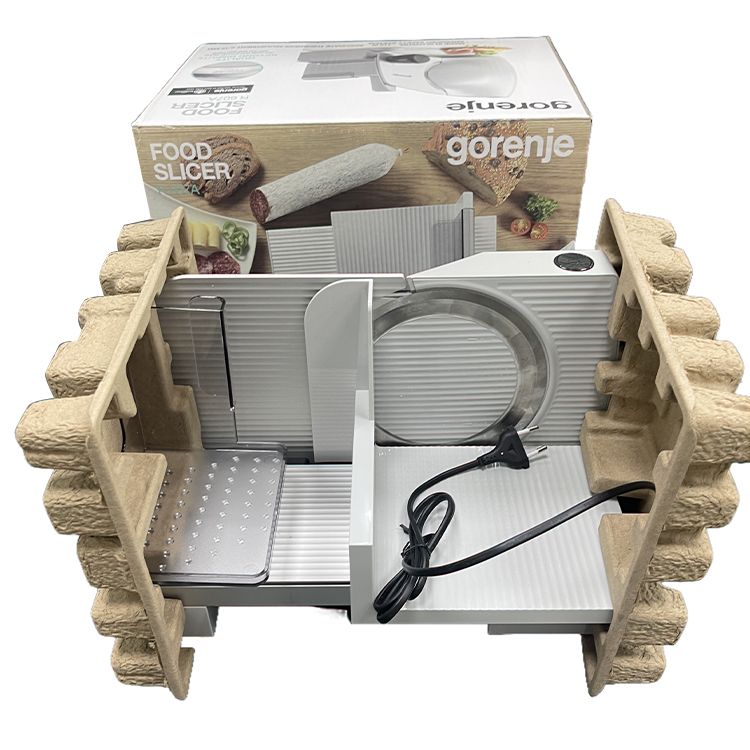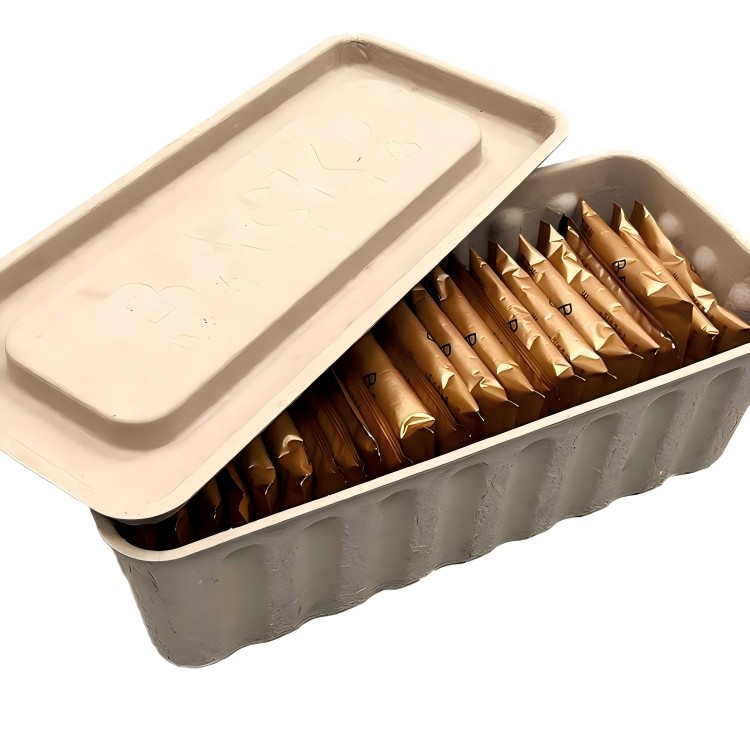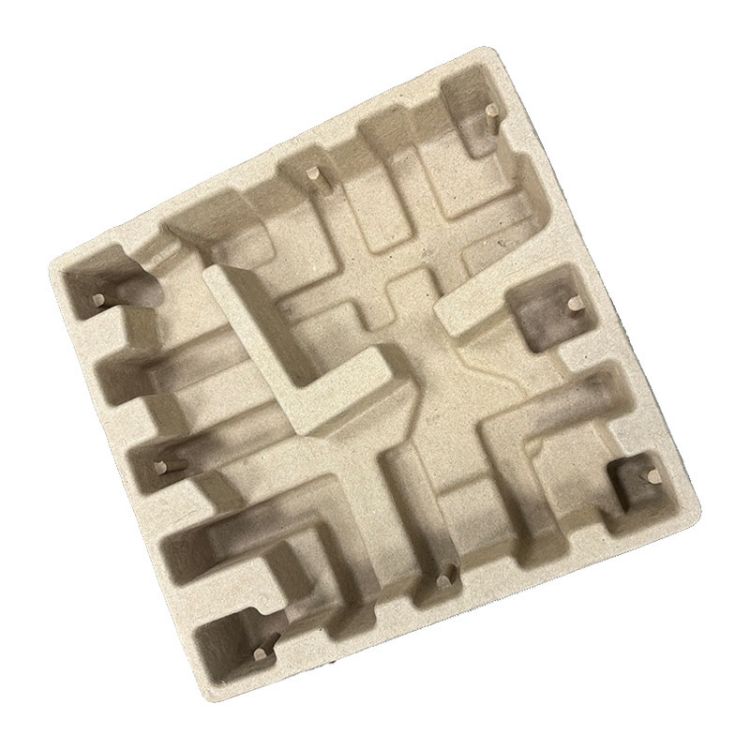Molded pulp has gained popularity as an eco-friendly and cost-effective packaging material. While many people are familiar with molded pulp, several lesser-known aspects of this material remain hidden. This article reveals these little-known facts about molded pulp packaging, offering a deeper understanding of its properties and applications.

1. The Raw Materials for Molded Pulp Are Not Limited to Waste Paper
Although waste paper is the primary raw material for molded pulp tray, it is not the only option. Bamboo fiber, sugarcane bagasse, wood fiber, and other plant fibers can also be utilized to produce molded pulp. These fibers are not only environmentally friendly but also enhance the physical properties of molded pulp packaging, making it suitable for a variety of applications.
2. The Manufacturing Process of Molded Pulp Is Not Solely Dependent on Hot Pressing
While most molded pulp products are made through hot pressing, an alternative method known as "cold pressing" is also used. Cold pressing does not require heating but relies on natural air drying or low-temperature drying to form products. This method is ideal for products sensitive to temperature, such as medical packaging or specialized food packaging.
3. The Water Resistance of Molded Pulp Can Be Adjusted
Contrary to the belief that molded pulp easily absorbs water, its water resistance can be significantly improved through the addition of waterproof coatings or special formulas. In some applications, molded pulp can even be made completely waterproof. This enhancement allows molded pulp to be effectively used in food packaging and floral arrangements.

4. Molded Pulp Can Achieve Complex Three-Dimensional Structures
Molded pulp trays is not limited to simple trays or packaging boxes; it can also create complex three-dimensional structures. Advances in modern molding technology allow for high flexibility in the design and production of molded pulp. For example, intricate inner linings seen in electronics packaging are achieved through molded pulp.
5. The Biodegradability of Molded Pulp Is Closely Related to Its Manufacturing Process
Molded pulp is generally considered biodegradable and environmentally friendly. However, its actual degradation rate depends on the manufacturing process. By adjusting fiber composition, molding density, and additives, the degradation rate can be controlled to meet various environmental requirements.

6. The Color and Texture of Molded Pulp Can Be Customized
Molded pulp is not restricted to traditional gray or brown colors. Natural dyes or mineral pigments can be added during manufacturing to create a variety of colors. Additionally, the texture of molded pulp can be customized to suit customer preferences, ranging from smooth to coarse, aligning with different brand images and product needs.
Molded pulp is an innovative and sustainable packaging material with potential applications beyond everyday use. By understanding these little-known facts, you can better appreciate and utilize molded pulp for competitive packaging solutions. As technology advances, biodegradable molded pulp will continue to demonstrate its versatility and appeal in various industries.

